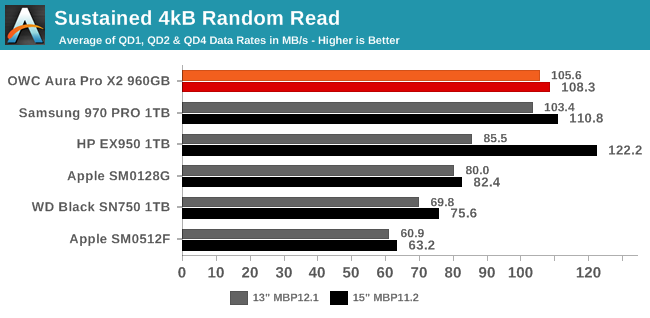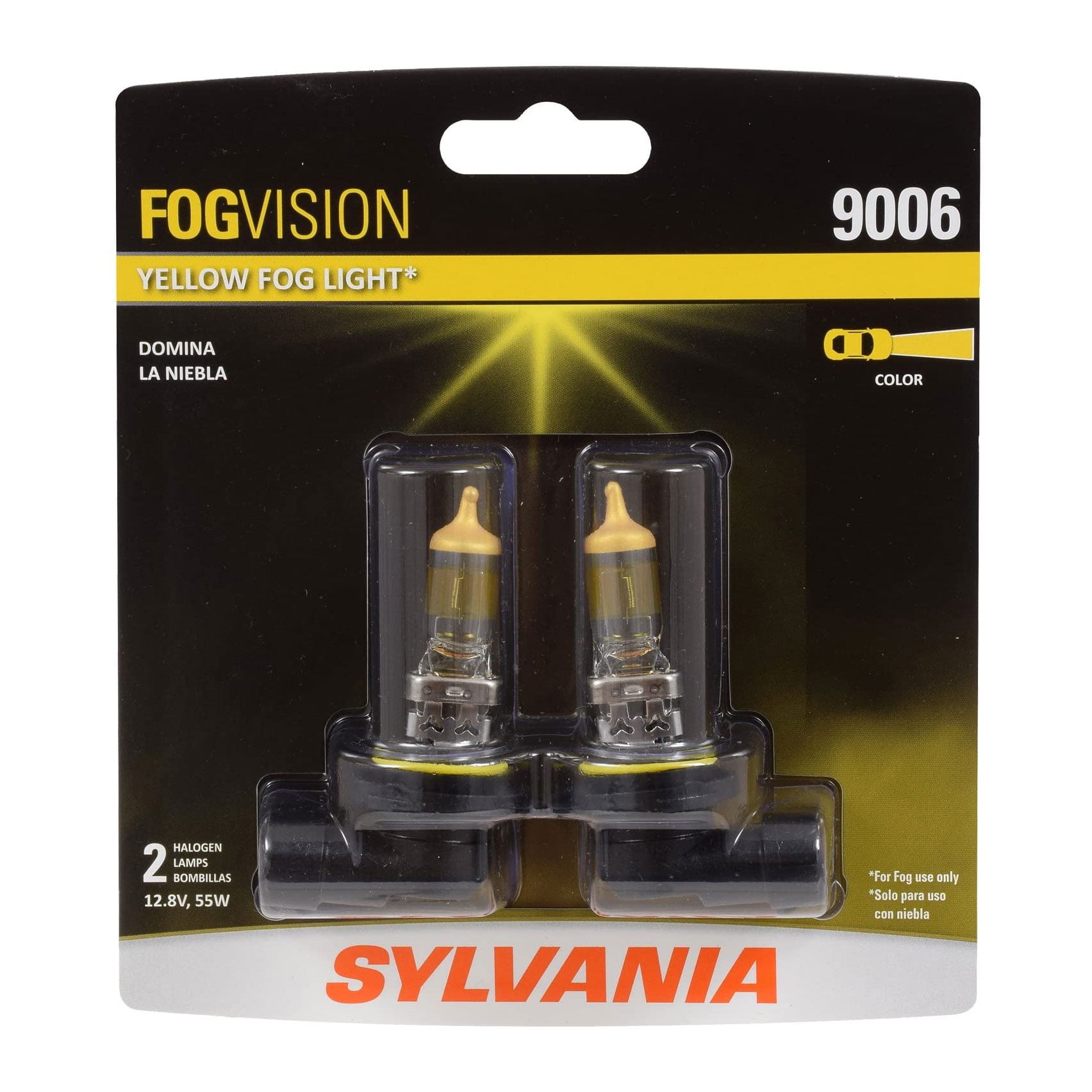Power Sphere (Fogsight) Mac OS
Invented in 2002, Contiki is an open-source IoT operating system particularly popular for low-power microcontrollers and other IoT devices to run effectively using Internet protocol IPv6 and IPv4. These operating systems support wireless standard CoAP, 6lowpan, RPL. Enjoy premium sound quality or create music with ease. Shop headphones and microphones for Mac from Apple. Buy online with fast, free shipping. Operating Systems Mac OS X 10.4 PPC, Mac OS X 10.5 PPC, Macintosh, Mac OS X 10.3, Mac OS X 10.2, Mac OS X 10.3.9, Mac OS X 10.1 Additional Requirements Mac OS X 10.1.5 or higher Popularity. Amazon App Store. Microsoft Store. Device Compatibility. Sphero Edu App Sphero Edu JavaScript Wiki About Powered by Workbench. I just installed Windows XP on my 3.06 GHz MacBook Pro @ 7200 rpm using Boot Camp and after I installed the drivers included on the Mac OS X Install DVD, The max volume I received was only at about a 3 out of 10. Adjusting the volume doesn't do anything as it just stays on the same low volume output.
-->The Azure Sphere CLI is a set of commands used to manage your Azure Sphere resources.
The following commands are available:
- interactive (Command is in preview)
Azure Sphere CLI and Azure Sphere classic CLI
The Azure Sphere CLI is installed alongside the existing CLI on both Windows and Linux, so you have access to either interface. The Azure Sphere classic CLI continues to work as it always has.
To use the Azure Sphere CLI:
- On Windows, use PowerShell or a standard Windows command prompt.
- On Linux, use any command shell. Specify the azsphere command if you set Azure Sphere CLI as the default during SDK installation, or the azsphere_v2 command if you set the Azure Sphere classic CLI as the default.
See Azure Sphere CLI for details about the features and commands supported by Azure Sphere CLI.
Important
- On Windows, the deprecated Azure Sphere Classic Developer Command Prompt shortcut can only be used with Azure Sphere classic CLI.
Command-line format
The azsphere command-line has the following format:
azsphere [command] [subcommand] operation [parameters]
In general, command and subcommand are nouns and operation is a verb, so that the combination identifies both an action and the object of the action. Most commands and operations have both a full name and an abbreviation. For example, the device command is abbreviated d.
Most parameters have both a long name and an abbreviation. On the command line, introduce the long name with two hyphens and the abbreviation with a single hyphen. For example, the following two commands are equivalent:
Some commands allow multiple values for a single parameter. In Azure Sphere CLI you can supply a single parameter followed by a list of values separated by spaces and in the Azure Sphere classic CLI the list of values are separated by commas. For example:
Cloud-dependent commands
The following azsphere commands require a cloud connection and login to the Azure Sphere Security Service:
- ca-certificate
- device-group
- get-support-data
- image
- login
- logout
- product
- register-user
- role
- show-user
- tenant
In addition, the following azsphere device commands also require a cloud connection:
| azsphere device command | Comments |
|---|---|
| capability | Requires Azure Sphere Security Service for device capability download |
| claim | |
| enable-cloud-test | |
| enable-development | |
| image | |
| list | |
| recover | Requires internet connectivity, but not login to Azure Sphere Security Service |
| show | |
| show-count | |
| show-deployment-status | |
| show-os-version | Requires internet connectivity, but not login to Azure Sphere Security Service |
| update |

Power Sphere (fogsight) Mac Os X
Device capability-dependent commands
Power Sphere (fogsight) Mac Os Pro

The following azsphere device commands require a device capability:
| Operation | Description |
|---|---|
| app | Manage applications on the attached device. |
| capability | Manage device capability configurations. Required for capability show, capability update, and capability download --apply. |
| certificate | Manage device certificate store. |
| image | Manage device images. |
| manufacturing-state | Manage the manufacturing state of attached devices. |
| recover | Use recovery mode to load new firmware onto the device. |
| restart | Restart the attached device. |
| show-deployment-status | Show the deployment status of the operating system and applications on the attached device. |
| show-os-version | Show the operating system version on the attached device. |
| sideload | Deploy and manage applications on the attached device. |
| wifi | Manage Wi-Fi configurations for the attached device. |